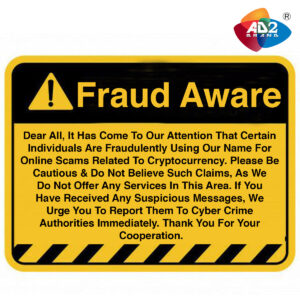Brands Be Careful! : How To Survive Influencer Weakning
Influencer marketing is not of any doubt, one of the most efficient tools in every digital marketing campaign. However, thanks to the growing range of influencers coming up on different social media platforms, the potency of influencer marketing is on the edge of unsteady path.
Influencers challenge the denotation of the word ‘celebrity’ and force the advertisers to rethink whom and where to pay their cash. Currently, it looks that anyone with huge followers on social media can be an ‘influencer.’
The unending quest to form original contents forces the brands to invest heavily into influencers. And while doing the same, it gives birth to another question: What will it mean to the future of influencer marketing? Brands and shoppers become more liable to influencer fatigue as the digital marketing society becomes more saturated.
The time when influencers are no longer influencing!
In fact, influencer fatigue isn’t stunning in any respect. The average of a monthly hunt for influencer marketing grows 5 times since 2015. It grows from 500 to 2,400 as per U.S Google searches.
In the past, it might’ve taken years to chase an influencer and launch a campaign. Years later, it’s not the story anymore. Thanks to the needless platforms that associate the brands and their website right away to different influencers. And, campaigns now launch in just a couple of weeks.
It doesn’t work finely as consumers start to differentiate the genuine influencers from the fake ones and have plenty to say about them.
The Domino Effect
The real influencers establish their personal brands through showing or discussing their values and beliefs and sticking to them. Once these influencers value more highly to advertise merchandise or services that don’t replicate their values, their audience can disengage. Similar thing happens to brands and the influencers they commission.
It is simple to tell. It lowers the value of the brand and the influencer as well. It is worrisome that the platforms for third-party influencers fail to produce accurate reporting metrics like quality, reach and audience.
Some even lack the aptitude to determine specific influencers in niche segments. Enough to add; it’s tough to imagine how productive these influencer campaigns are for either side of the coin. It is particularly uncontrollable to the influencers who charge more than the actual value and those with unlikely attitudes that are gaining groundbreaking friction.
The Antidote
The industry has begun to lose its personal touch because of the supply and demand of influencers at an alarming scale. The backlash against fake influencers isn’t that far behind, and brands ought to steel oneself for it.
It’s very important for brands to recollect that there are not any shortcuts when it involves credibleness. Unforgettable brand connections happen when shoppers experience real interactions, particularly within the digital society.
Regardless of how well-liked or fashionable the influencer marketing is, brands don’t have to be compelled so much into examining their distinctive stories. And generally, brands don’t even require influencers to tell their stories.
The loyal and genuine followers of the brand will jubilantly share reviews concerning the merchandise or services if they are treated well and receive the same respects that influencers-for-hire get. Even so, real fans of the brand will connect on a much more authentic level.
Brands will have a higher likelihood of winning the audience and harvest the advantages from meaningful engagements if they notice this part. No matter what you choose to do, don’t rent an influencer for the sake of doing it for marketing.




